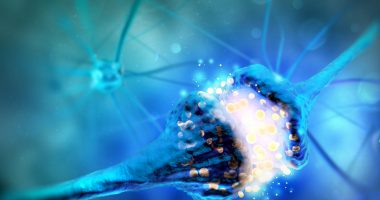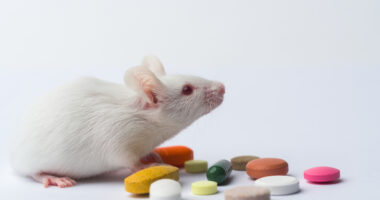Growth Factor, Oxytocin Supported as Potential Combo Therapy

Insulin-like growth factor-1 (IGF-1) and oxytocin may normalize the levels of the KCC2 protein — which is abnormal in the brain of Rett syndrome patients — in a region-specific and complementary manner, a study in mice suggests.
This finding supports their potential use as a combo therapy for Rett, the investigators said.
The study, “Region-Specific KCC2 Rescue by rhIGF-1 and Oxytocin in a Mouse Model of Rett Syndrome,” was published in the journal Cerebral Cortex.
Rett syndrome is mainly caused by mutations in the MECP2 gene, which has the instructions to make a protein with the same name. This protein is responsible for maintaining synapses (the sites of near contact where neurons communicate) and controlling the activity of other genes.
The KCC2 gene has been shown to play a key role during the nerve cell development. It codes for the production of a protein involved in the export of chloride ions to the space outside cells via an electrical current created by potassium ions.
Mutations in this gene have been implicated in epilepsy and autism spectrum disorder. Abnormal levels of the KCC2 protein have also been found in the brains of Rett patients, as well as in mice lacking the MeCP2 protein.
IGF-1 and oxytocin have been shown to play a role in KCC2 function. IGF-1 is a growth factor crucial for nerve cell survival and maturation. In mouse models lacking the mouse form of the MECP2 gene (Mecp2), administration of a lab-made human version of IGF-1 rescued the activity of the KCC2 gene. The treatment also normalized communication across synapses. However, clinical trials of this IGF-1 form led to variable results.
Oxytocin is key in neurodevelopment. Although it has not been tested in Rett patients, it is being investigated as a treatment for autism spectrum disorder.
In this study, a team of researchers from Italy, Switzerland, and the U.K. analyzed the brains of male mice that lacked the Mecp2 gene and found that KCC2 levels were reduced when compared with normal (wild-type) animals.
This reduction affected specific brain regions important for the animals’ social behavior and olfaction, including the anterior olfactory nucleus and the anterior piriform cortex. The prefrontal cortex, a region involved in complex cognitive behavior, also showed lower KCC2 levels. Other brain regions analyzed showed no differences between Rett and control mice.
The alterations were not detected early after birth, which “indicates that the effects of the lack of MeCP2 arise later during postnatal development,” and “do not impact on adult total KCC2 levels uniformly across brain regions, highlighting some key areas that could be targeted further in our experiments,” the investigators wrote.
The scientists next assessed whether these region-specific reductions in KCC2 levels in the Rett group were linked with alterations in the protein receptors of IGF-1 and oxytocin. Similar to what they had observed for KCC2, the levels of both receptors were also altered in the three brain areas. Specifically, the IGF-1 receptor was increased and the oxytoxin receptor was decreased in these regions.
This suggest that therapies that target these pathways could potentially “ameliorate KCC2 imbalances in the RTT [Rett] brain,” the researchers wrote.
To test this, a small group of Rett mice were injected daily for eight to 10 days with either saline (control) or lab-made human IGF-1 (rhIGF-1). Another group received oxytocin intranasally twice a day. The scientists then analyzed the brain areas they found had low levels of KCC2.
Treatment with rhIGF-1 rescued KCC2 levels specifically in the anterior piriform cortex, results showed. Oxytocin normalized KCC2 levels in the other two regions, anterior olfactory nucleus and prefrontal cortex.
These findings show that IGF-1 or oxytocin treatments are “effective in rescuing KCC2 levels in complementary brain regions, suggesting a potential combinatorial therapeutic strategy in MeCP2 [-lacking] mice,” the researchers wrote.
In addition, rhIGF-1 rescued the levels of the IGF-1 receptor levels in the anterior olfactory nucleus and of the oxytocin receptor in the prefrontal cortex.
Overall, considering both IGF-1 and oxytocin “may improve diverse aspects of the RTT symptomatology, and that a well-timed combination of these treatments may represent a powerful therapeutic strategy,” the study concluded.







